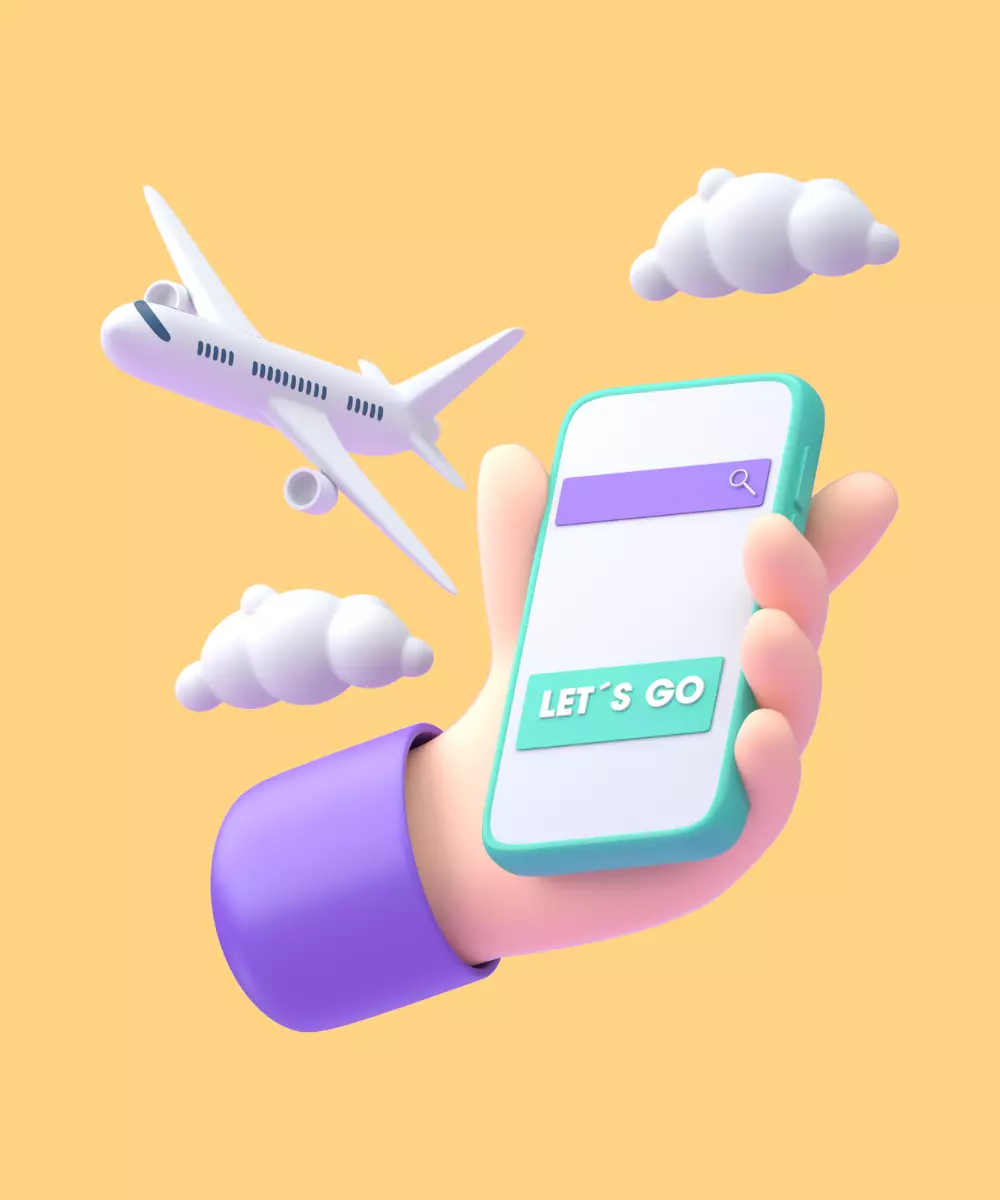The rapid growth of technology has revolutionized the travel industry. Today, more and more travelers are relying on mobile apps to plan and manage their trips. As a result, the demand for travel apps is soaring, making it a lucrative market for app developers. This article will provide an in-depth guide to travel app development in 2024, including market overview, main features, steps to create your own app, cost estimation, monetization strategies, best practices, and our experience in travel app development.
Travel App Market Overview
The travel app market has experienced significant growth over the past few years and is expected to continue growing in the foreseeable future. The increasing reliance on smartphones, coupled with the widespread availability of the internet, has made mobile apps an essential part of the travel experience for millions of people worldwide.
Market size and growth
The global travel and tourism industry is one of the most dynamic and fast-growing sectors, contributing significantly to the global economy. According to Statista, the revenue in the travel and tourism industry is projected to reach approximately $712 billion in 2024, up from $685 billion in 2023. Mobile apps have become an integral part of this industry, with a large percentage of travelers using apps to plan and manage their trips.
The global mobile travel app market is expected to grow at a compound annual growth rate (CAGR) of approximately 8% during the forecast period 2021-2026. The Asia-Pacific region is expected to witness the highest growth rate due to the increasing smartphone penetration and internet usage in this region.
Key players
The travel app market is highly competitive, with several key players dominating the market. Some of the leading travel apps include Booking.com, Expedia, Airbnb, TripAdvisor, and Skyscanner. These apps offer a wide range of services, including flight and hotel bookings, vacation rentals, reviews and ratings, and travel planning tools.
Types of Travel Apps
Travel apps have become indispensable tools for travelers, catering to various needs at different stages of their journey. Here is a more detailed breakdown of the popular categories of travel apps:
Travel itinerary planning apps
These apps help users to plan their trips by suggesting itineraries, attractions, and activities based on their preferences and past behavior.
Example:
- TripIt: Organizes travel plans into an itinerary that has all the trip details in one place.
- Roadtrippers: Helps users plan their road trips by suggesting attractions, accommodations, and dining options along the route.
- Sygic Travel: Provides travel planning with maps, itineraries, and travel guides.
Tickets booking app
These apps provide a platform for users to book tickets for various modes of transportation, including flights, trains, buses, and ferries.
Example:
- Skyscanner: Compares flight prices from various airlines and booking websites.
- Trainline: Offers train and bus tickets across Europe.
- Kayak: Compares flight, hotel, and car rental deals.
Accommodation booking apps
These apps allow users to book accommodations, including hotels, hostels, guest houses, and vacation rentals.
Example:
- Booking.com: Offers bookings for hotels, flights, and car rentals.
- Airbnb: Allows users to book unique homes or experiences offered by locals.
- Hostelworld: Provides bookings for hostels around the world.
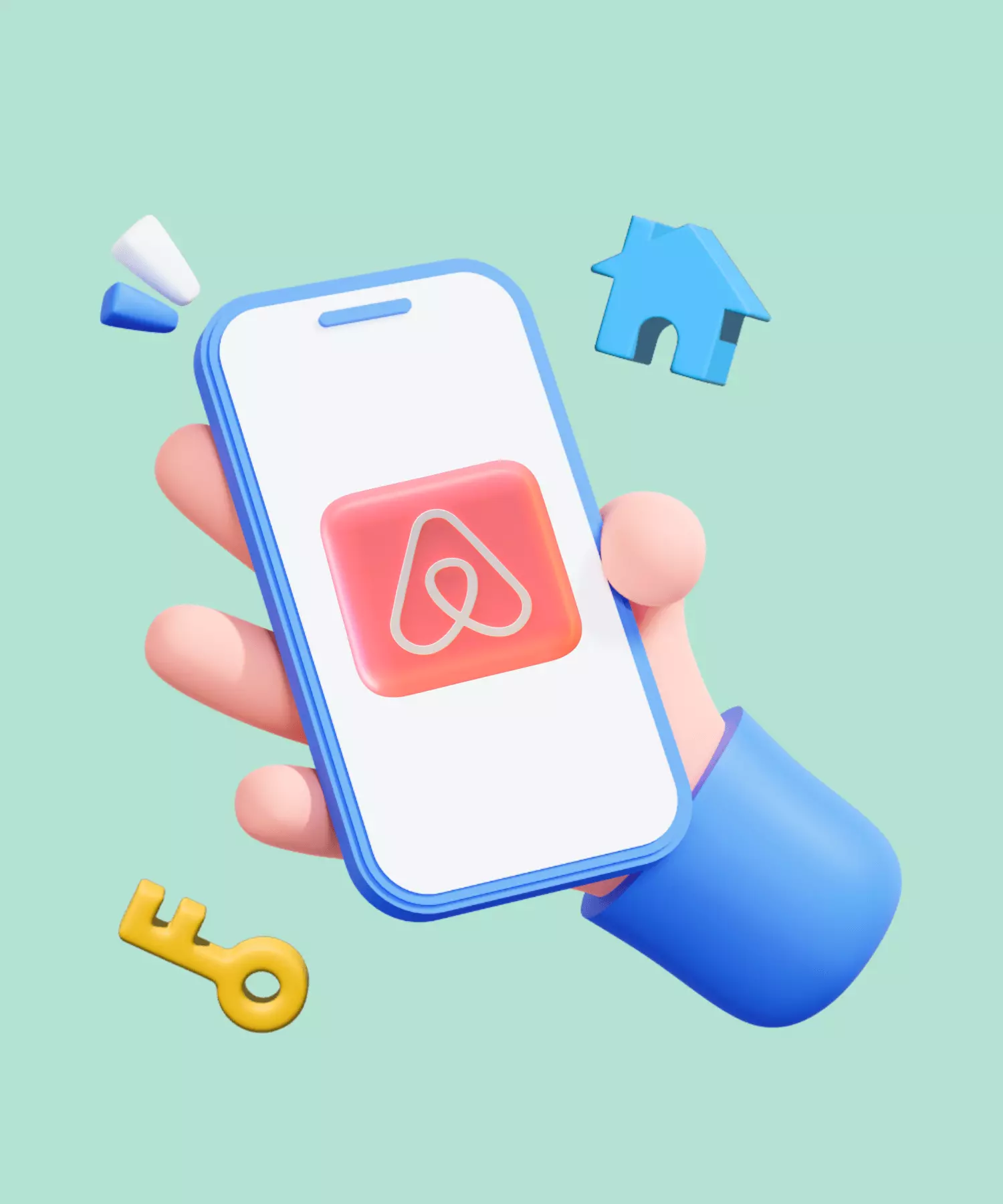
Travel insurance apps
These apps provide a platform for users to purchase travel insurance policies that cover various risks associated with traveling, such as trip cancellations, medical emergencies, and lost baggage.
Example:
- World Nomads: Offers travel insurance policies for travelers from over 130 countries.
- AIG Travel Guard: Provides a range of travel insurance plans.
- Allianz Travel Insurance: Offers travel insurance policies and assistance services.
Travel guide apps
These apps provide information about attractions, activities, dining options, and local customs and culture at the user's destination.
Example:
- TripAdvisor: Provides reviews, photos, and suggestions for hotels, attractions, and restaurants.
- Lonely Planet: Offers travel guides, tips, and advice from experts.
- Foursquare: Provides recommendations for food, drink, and entertainment based on user preferences.
Currency conversion apps
These apps help travelers convert their home currency to the local currency of the country they are visiting. They usually offer real-time exchange rates and may also include additional features like a calculator or historical exchange rate charts.
Example:
- XE Currency: Offers live exchange rates, historical charts, and a currency calculator.
- Currency Converter Plus: Provides live currency conversion, calculator, and historical rates.
- Easy Currency Converter: Offers currency conversion, historical rates, and a calculator.
Transportation app
These apps provide information about local transportation options, including public transportation, taxis, and ride-sharing services.
Example:
- Uber: Provides ride-sharing services in cities around the world.
- Citymapper: Offers public transportation information, maps, and navigation.
- Lyft: Provides ride-sharing services in the United States and Canada.

Language translation apps
These apps help travelers communicate in foreign languages by translating text or speech from one language to another.
Example:
- Google Translate: Provides translation between 108 languages by typing and 95 languages by speech.
- Duolingo: Offers language learning courses in 38 languages.
- iTranslate: Provides text and voice translation in over 100 languages.
Travel finance app
These apps help travelers manage their finances while traveling, including budgeting, expense tracking, and currency conversion.
Example:
- Trail Wallet: Helps travelers to track their expenses and stay on budget.
- Expensify: Provides expense management and receipt tracking.
- Revolut: Offers a prepaid debit card, currency exchange, and global spending.
GPS & navigation app
These apps provide maps and navigation services to help travelers find their way around unfamiliar places. They usually offer real-time updates on traffic, public transportation, and points of interest.
Example:
- Google Maps: Offers maps, navigation, and local business information.
- Waze: Provides real-time traffic and road information, helping users to find the fastest route to their destination.
- HERE WeGo: Offers maps and navigation services for driving, public transportation, cycling, and walking.
Virtual tour apps
These apps provide virtual tours of attractions, museums, and cities, allowing users to explore new places from the comfort of their home.
Example:
- Google Arts & Culture: Offers virtual tours of museums, art galleries, and landmarks around the world.
- Wanderlust: Provides virtual reality travel experiences.
- Ascape: Offers virtual reality travel films.
Social media apps
These apps provide a platform for travelers to connect with other travelers or locals, share their experiences, photos, and recommendations.
Example:
- Travello: Allows travelers to connect with other travelers, join travel groups, and share their experiences.
- Spotted by Locals: Provides city guides curated by locals, allowing travelers to discover hidden gems and local favorites.
- Withlocals: Connects travelers with locals who offer personalized tours, activities, and dining experiences.
Couchsurfing apps
These apps connect travelers with locals who are willing to offer a place to stay for free or for a small fee.
Example:
- Couchsurfing: Connects travelers with locals offering a place to stay or meet up.
- BeWelcome: Offers a platform for travelers and hosts to connect and share accommodations.
- Trustroots: Provides a platform for travelers to connect and share accommodations and experiences.
Travel App Main Features
When developing a travel app, it is essential to include features and functionalities that will make the app useful and attractive to users. Here are some of the main features that every travel app should have:
| Feature | Description |
|---|---|
| User Registration and Profile | Allows users to register and create a profile using their email, phone number, or social media accounts. |
| Search and Filter | Enables users to search for flights, hotels, attractions, and activities and filter the results based on their preferences. |
| Booking and Payment | Includes features like a shopping cart, payment gateway integration, and booking confirmation. |
| Itinerary Planner | Allows users to create and customize their itineraries by adding attractions, activities, and accommodations. |
| Maps and Navigation | Provides maps and navigation services to help users find their way around a new city. |
| Reviews and Ratings | Allows users to read and write reviews and ratings for hotels, attractions, and activities. |
| Language Translation | Helps travelers communicate in foreign languages by translating text or speech from one language to another. |
| Currency Conversion | Helps travelers convert their home currency to the local currency of the country they are visiting. |
| Travel Insurance | Provides a platform for users to purchase travel insurance policies that cover various risks associated with traveling. |
| Notifications and Alerts | Sends notifications and alerts about flight status, booking confirmation, and travel deals. |
| Social Media Integration | Allows users to share their experiences, photos, and recommendations with their friends and followers on social media platforms. |
| Customer Support | Provides customer support through various channels like chat, email, and phone. |
5 Steps to Create Your Own Travel App

Creating a travel app can be a complex process that involves several steps. Here are 5 main steps to create your own travel app:
Research and planning
Before you start the development process, it is essential to conduct thorough research and planning. This includes:
- Identifying your target audience: Understand who your target users are, what their needs and preferences are, and what problems they face while traveling.
- Analyzing the competition: Analyze the existing travel apps in the market, their features, strengths, and weaknesses.
- Defining the Unique Selling Proposition (USP): Identify what will make your app unique and different from the existing apps in the market.
- Deciding the features and functionalities: Decide on the features and functionalities that you want to include in your app based on your research and planning.
Design

The design of the app includes the User Interface (UI) and User Experience (UX) design.
- UI design: It involves creating the visual elements of the app, such as the color scheme, images, and icons.
- UX design: It involves creating the user flow, wireframes, and interaction design. It is essential to create an intuitive and user-friendly design that will make it easier for the users to navigate through the app and complete their tasks.
Development
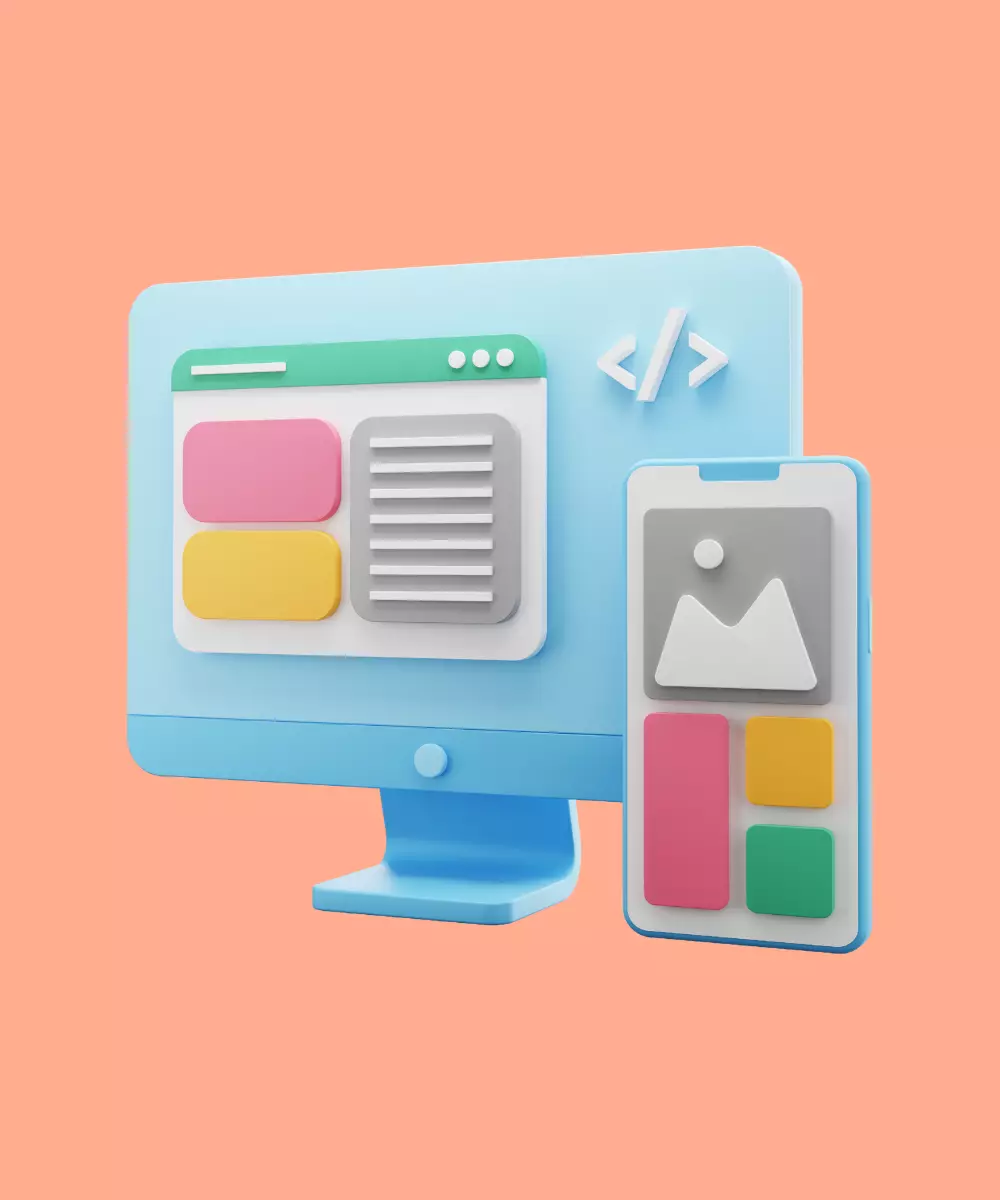
This is the phase where the actual coding of the app takes place. It involves:
- Front-end development: This involves creating the user interface of the app using programming languages such as HTML, CSS, and JavaScript or using frameworks like Flutter to develop a cross-platform app.
- Back-end development: This involves creating the server-side logic, databases, and APIs that will power the app's functionality.
- Integration: This involves integrating the front-end and back-end components of the app and ensuring that they work seamlessly together.
Testing

Testing is a crucial step to ensure that the app is free from bugs and works as expected on all devices and platforms. It involves:
- Functional testing: This involves testing the app's features and functionalities to ensure that they work as expected.
- Usability testing: This involves testing the app's user interface and user experience to ensure that it is intuitive and user-friendly.
- Compatibility testing: This involves testing the app on different devices, operating systems, and screen sizes to ensure that it works correctly on all of them.
- Performance testing: This involves testing the app's performance, such as its loading time, response time, and speed.
- Security testing: This involves testing the app's security features to ensure that it is safe from threats and vulnerabilities.
Launch and promotion
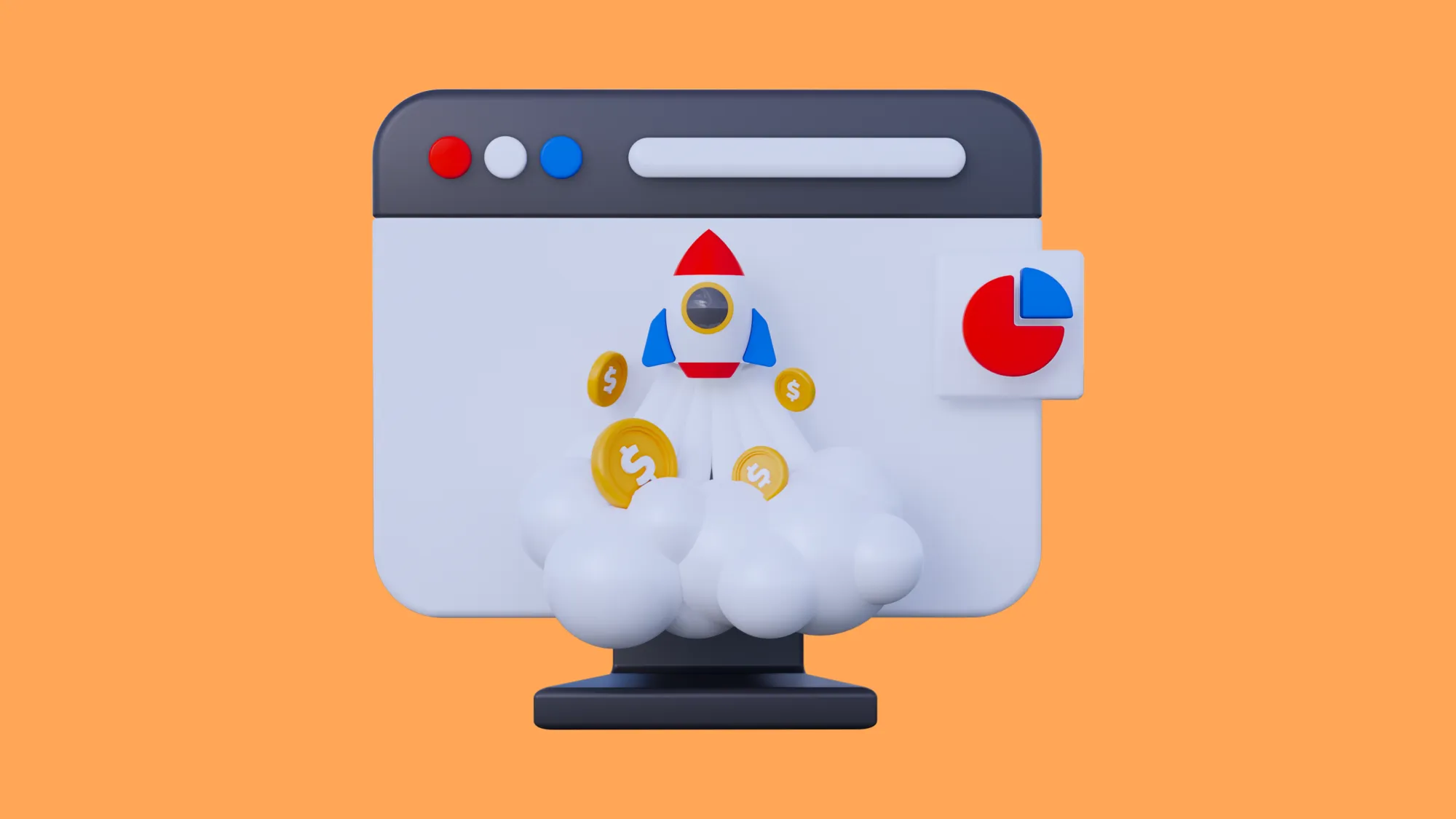
Once the app is tested and ready, it can be launched on the app stores. This involves:
- Submitting the app to App Stores: This involves submitting the app to the app stores, such as Google Play Store and Apple App Store, and getting it approved.
- Promotion: This involves promoting the app through various channels, such as social media, online advertising, and press releases, to attract users and gain traction.
- Monitoring and updating: After the app is launched, it is essential to monitor its performance, gather feedback from users, and make necessary updates and improvements.
How Much Does It Cost to Build a Travel App
The cost of developing a travel app can vary significantly based on the size and complexity of the app. Developing a cross-platform app is generally more cost-effective than developing native apps for each platform. Here is a revised comparison of the cost for three sizes of cross-platform travel apps:
Small-sized travel app:
- Features: Basic features such as user registration, search and filter, booking and payment, reviews and ratings, and maps and navigation.
- Design: Simple and intuitive design with basic UI/UX elements.
- Platform: Cross-platform development for Android and iOS using a framework like Flutter.
- Development Time: Approximately 3-4 months.
- Cost: The estimated cost for developing a small-sized cross-platform travel app ranges from $8,000 to $20,000.
Medium-sized travel app:
- Features: All the features of a small-sized app, plus additional features like language translation, currency conversion, travel insurance, notifications and alerts, and social media integration.
- Design: More advanced design with custom UI/UX elements and branding.
- Platform: Cross-platform development for Android and iOS using a framework like Flutter.
- Development Time: Approximately 5-7 months.
- Cost: The estimated cost for developing a medium-sized cross-platform travel app ranges from $20,000 to $40,000.
Large-sized travel app:
- Features: All the features of a medium-sized app, plus advanced features like virtual tours, deal alerts, personalized recommendations, and customer support.
- Design: Highly advanced and customized design with premium UI/UX elements and branding.
- Platform: Cross-platform development for Android and iOS, plus a web version, using a framework like Flutter.
- Development Time: Approximately 8-12 months.
- Cost: The estimated cost for developing a large-sized cross-platform travel app ranges from $40,000 to $80,000 or more.

WTF Experience in Travel Apps Development
At What the Flutter, we have extensive experience in developing travel apps for clients worldwide. Our team of expert developers are well-versed in the latest technologies and best practices in travel app development. We work closely with our clients to understand their needs and create customized solutions that provide a seamless and enjoyable experience to the users. One of the most recent projects is transportation app.
Yasha:
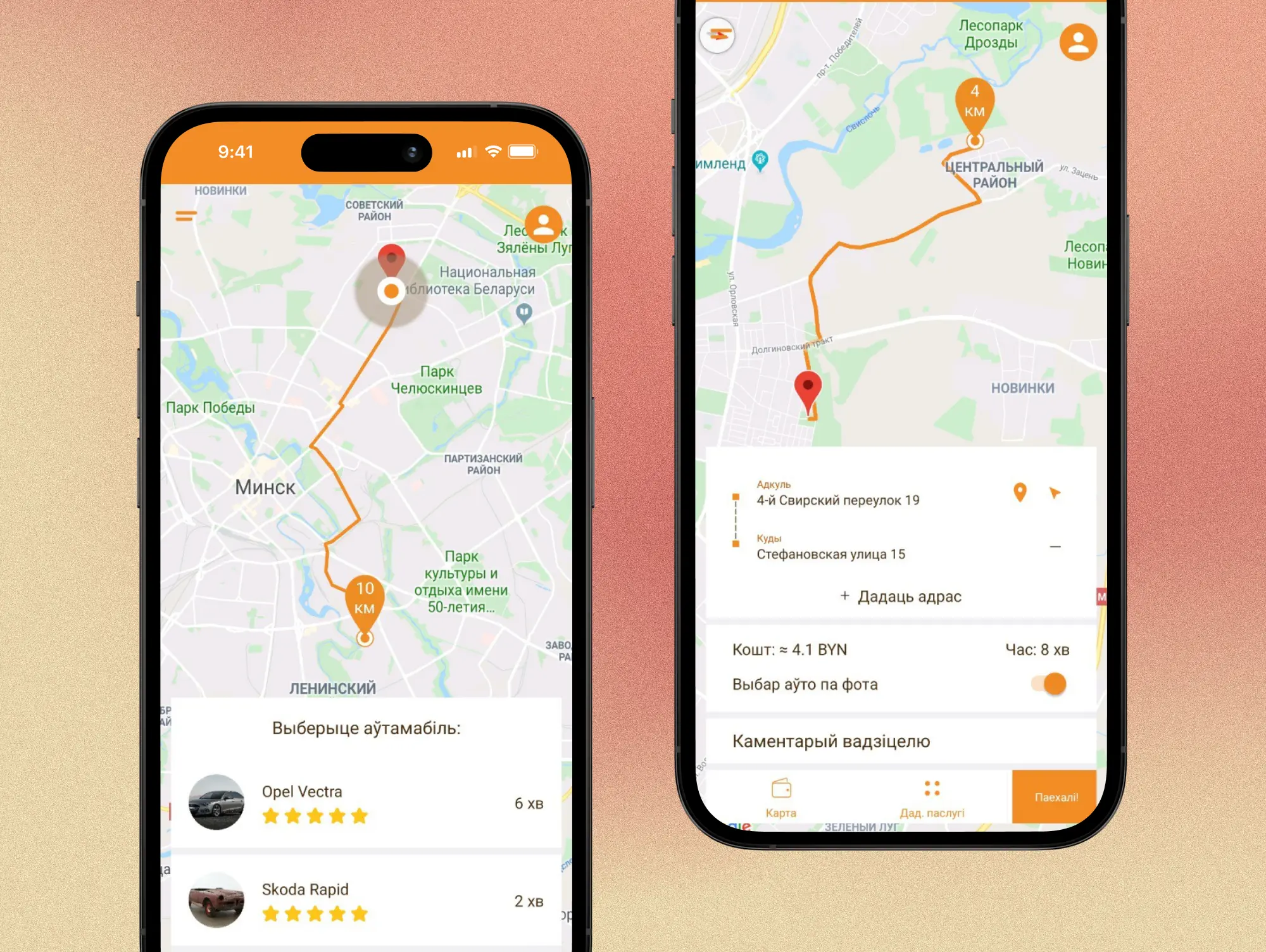
Description: Yasha is an Uber-like taxi service app that aims to provide cheap and quick taxi ordering service. We developed a user-friendly interface that allows users to quickly order a taxi, track their ride, and make payments, all from the comfort of their mobile device.
Key Features:
- Quick and easy taxi ordering: Users can order a taxi with just a few taps.
- Real-time tracking: Users can track their ride in real-time on a map.
- Multiple payment options: Users can pay for their ride using various payment options, such as credit card, debit card, or mobile wallet.
Outcome: The app has been well-received by users, with positive feedback on the ease of use, quick taxi ordering, and multiple payment options.
Conclusion
Travel app development is a complex process that involves various steps and considerations. From understanding the travel app market, identifying the different types of travel apps, incorporating essential features, and planning the development process, to deciding on the monetization strategies, and implementing best practices - each step is crucial for the success of the app.
Additionally, the cost to build a travel app can vary significantly based on the size of the app, the features included, and the development approach taken. However, by using a cross-platform development framework like Flutter, it is possible to reduce the development time and cost while ensuring a seamless user experience across all platforms and devices.
At What the Flutter, we have extensive experience in developing travel-related apps that cater to the various needs of modern travelers. Our team of experts can guide you through the entire development process, from planning and design to development and testing, ensuring a high-quality and user-friendly app that meets your requirements. Contact us today to discuss your travel app development project.


